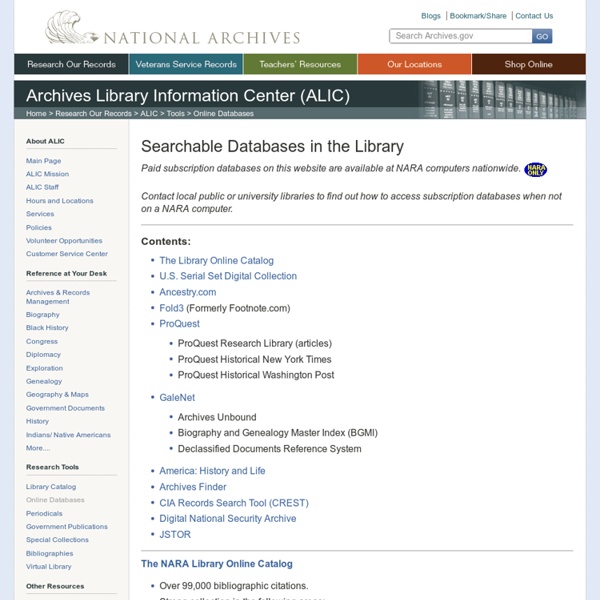



Transformation of Russia in the Nineteenth Century Russia Table of Contents The late nineteenth and early twentieth centuries were times of crisis for Russia. Not only did technology and industry continue to develop more rapidly in the West, but also new, dynamic, competitive great powers appeared on the world scene: Otto von Bismarck united Germany in the 1860s, the post-Civil War United States grew in size and strength, and a modernized Japan emerged from the Meiji Restoration of 1868. Although Russia was an expanding regional giant in Central Asia, bordering the Ottoman, Persian, British Indian, and Chinese empires, it could not generate enough capital to support rapid industrial development or to compete with advanced countries on a commercial basis. Russia's fundamental dilemma was that accelerated domestic development risked upheaval at home, but slower progress risked full economic dependency on the faster-advancing countries to the east and west. Economic Developments Reforms and Their Limits, 1855-92 Vladimir I. Custom Search
19th Century The Nineteenth Century. Throughout the century, conservative kings and their aristocratic advisors remained in power in most European states. But the 19th century was also a century of progress, peace, and tremendous social change. The Industrial Revolution which had begun in England during the second half of the 18th century, spread to the Netherlands and France; from there to Germany, Northern Italy, the United States, and Japan. By the end of the century, it was beginning to have an impact on Russia. The substitution of machine labor for human and animal labor constituted the most important social change, in my opinion, since the Neolithic or Agricultural Revolution some 10,000 years ago. Between 1815 and 1914, no major world war disrupted the general progress of economic development. After 1871, there was a second wave of European colonization which led to the subjugation of almost all of Africa to the European powers.
About Some 19th Century Theories of Suicide | Cristina E. Bradatan International Journal of Comparative Sociology 48(5) This article will try to answer these questions in a particular case, namely, two19th-century theories of suicide – those of Masaryk and Durkheim. Using newdata, I am trying to see what new perspectives – if any – can these two theoriesshade on the data. My discussion will focus on differences and similarities betweenthe two theories as well as on the usefulness of their ideas for the nowadayssituation.I have chosen these two 19th-century theories for two reasons: 1) both of themfocus their explanations on changing societies, which is also the case with 1990sRomania, a country struggling with the political and social transition from a statesocialism to a (rather wild) capitalism; 2) these two theories had a very differentpublic impact, although their ideas are not very different. Suicide , published in 1897 became a classic text in sociology, Masaryk’sessay Suicide and the Meaning of Civilization Bills of Mortality moral perspective to a
Datasets on various types of institutions | Collective Action Newsletter The data collection of this project does not primarily consist of digitizing documents (via scanning) but of the processing of a range of documents, that reside in archives, primary and secondary literature. The researcher can have access to complete databases on a number of parameters right away. In some cases we also provide scans of the original documents, by way of example. The geographic scope of the data collection varies from institution to institution. Please note that many of the databases mentioned here are still under construction.